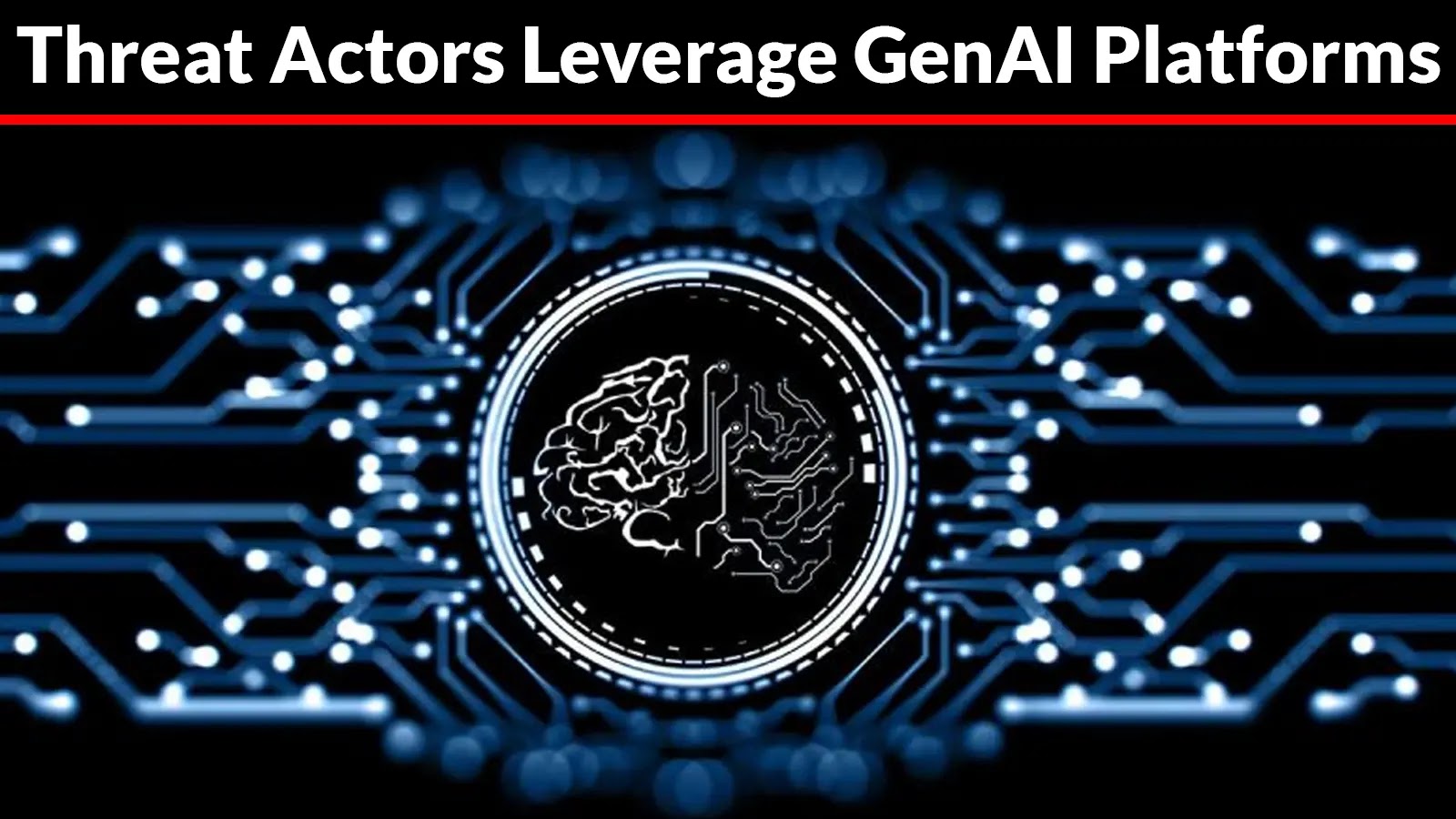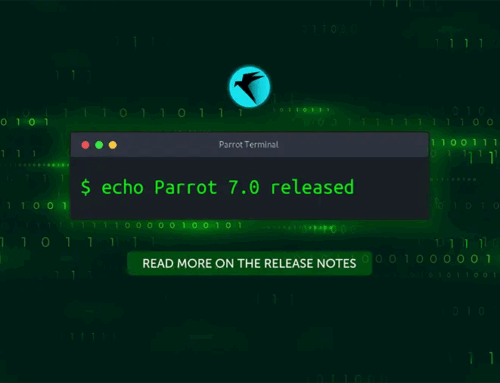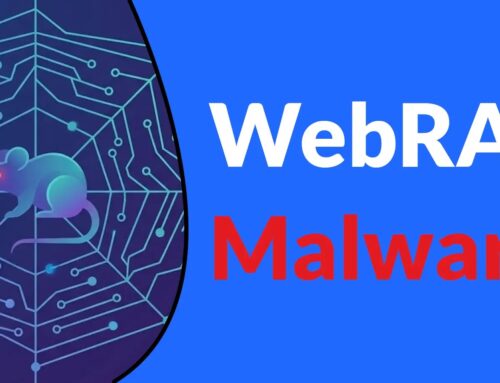
Threat Actors Leverage GenAI Platforms to Create Realistic Phishing Content
The cybersecurity landscape is in constant flux, but few shifts have been as profound and rapid as the weaponization of generative artificial intelligence (GenAI) by threat actors. This emerging trend presents an unprecedented challenge, fundamentally altering the sophistication and scale of phishing campaigns. Traditional security mechanisms, once robust against more rudimentary attempts, are now struggling to keep pace with the hyper-realistic and highly personalized malicious content crafted by GenAI.
The Evolution of Phishing: GenAI’s Impact
For years, telltale signs of a phishing attempt often included grammatical errors, awkward phrasing, or poorly designed visual elements. These indicators were crucial for both human users and automated security systems to detect and flag suspicious communications. However, the advent of GenAI platforms has eradicated these giveaways. Cybercriminals are now leveraging these powerful tools to:
- Generate Convincing Content: GenAI can produce phishing emails, social media posts, and SMS messages that are virtually indistinguishable from legitimate communications from trusted organizations. This includes perfect grammar, natural language flow, and contextually relevant messaging.
- Clone Trusted Brands: Beyond text, GenAI models can assist in replicating brand aesthetics, logos, and even voice inflections for deepfake audio when combined with other AI technologies. This allows for highly effective brand impersonation, making it difficult for recipients to discern authenticity.
- Automate Large-Scale Deployments: The speed and efficiency of GenAI enable threat actors to automate the creation of countless variations of phishing content, tailoring messages to individual targets or highly specific demographics. This allows for massive, targeted campaigns that overwhelm defenses and increase the probability of success.
This capability accelerates the malicious pipeline, reducing the time and resources required for attackers to launch sophisticated campaigns. The sheer volume and quality of GenAI-powered phishing attempts pose a significant threat to organizational security postures.
Beyond Phishing: The Expanding Threat Surface
While the immediate impact is most visible in phishing, the implications of GenAI weaponization extend further. Threat actors could potentially use these platforms for:
- Social Engineering at Scale: Creating personalized narratives for pretexting and other social engineering attacks, making them more emotionally manipulative and effective.
- Malware Generation (Emerging Threat): While still nascent, the potential for GenAI to assist in writing or improving malicious code is a growing concern, though current ethical safeguards by major GenAI providers aim to prevent this.
- Deepfake Creation: Generating highly realistic audio and video deepfakes for impersonation during business email compromise (BEC) attacks, adding a new layer of deception.
Remediation Actions: Mitigating GenAI-Powered Phishing
Combating this new wave of sophisticated threats requires a multi-layered approach that combines technology, process, and human awareness:
- Enhanced Email Security Gateways (ESG): Implement and continuously update ESG solutions with advanced AI-driven detection capabilities designed to identify anomalies in sender behavior, email headers, and content patterns that might indicate GenAI generation, even if the text itself seems legitimate.
- API-Based Security for Collaboration Platforms: Given the shift to cloud collaboration, ensure security solutions integrate directly with platforms like Microsoft 365 and Google Workspace via APIs. This allows for deeper inspection of internal and external communications originating from these environments.
- Multi-Factor Authentication (MFA) Everywhere: Enforce MFA for all critical systems and accounts. Even if credentials are compromised via a phishing attack, MFA provides a crucial secondary defense.
- Security Awareness Training (SAT) with a GenAI Focus: Update SAT programs to specifically educate users about the sophistication of GenAI-powered phishing. Highlight key indicators beyond grammar, such as urgency, unusual requests, or inconsistencies in branding despite high-quality content.
- Incident Response Plan Review: Regularly review and drill incident response plans to ensure they are equipped to handle rapid-response scenarios triggered by high-volume, convincing phishing attacks.
- Verify Out-of-Band: Encourage users to verify suspicious requests, especially those involving financial transactions or sensitive data, through an independent communication channel (e.g., a phone call to a known number, not the one provided in the suspicious email).
- DMARC, SPF, and DKIM Implementation: Ensure robust implementation of email authentication protocols like DMARC, SPF, and DKIM to prevent email spoofing and enhance sender reputation verification.
The Path Forward: Adapting to the GenAI Threat
The rapid proliferation of GenAI services has created a fertile ecosystem for threat actors. While the ease of generating convincing phishing content and automating large-scale malicious deployments with minimal effort presents a significant challenge, it is not insurmountable. Organizations must prioritize continuous adaptation, leveraging advanced security technologies and, crucially, fostering a strong culture of cybersecurity awareness among all employees. The human element remains the strongest defense against even the most sophisticated AI-driven attacks.





